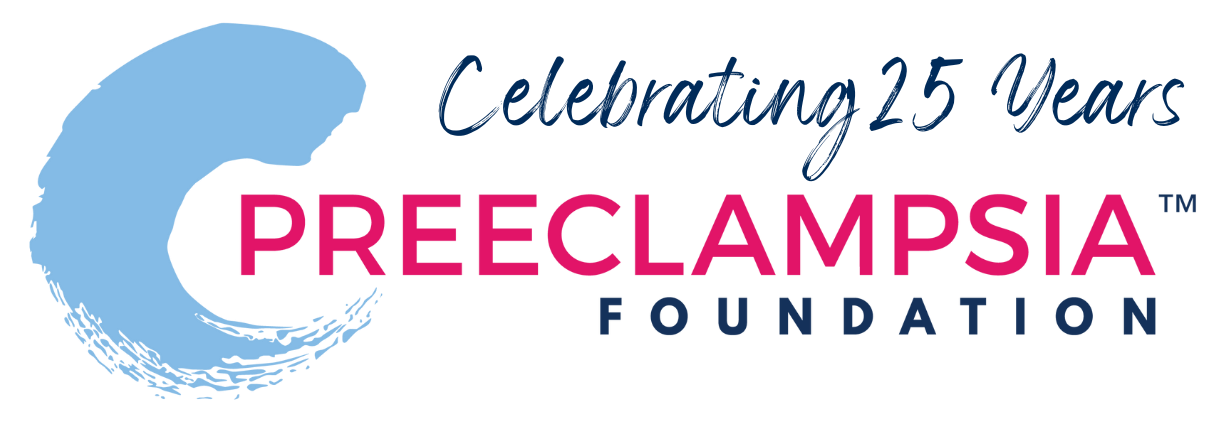
Could scheduled childbirth reduce cases of at-term preeclampsia?
A new research study published out of the UK in April 2023 in Hypertension found that more than half of all preeclampsia cases which occur during weeks 37-42 of pregnancy (“at-term”) may be prevented with timed birth.
Screening for preeclampsia is a routine part of prenatal care, but there are limited treatment options when it occurs, besides delivery of the baby and the placenta regardless of the gestational age of the baby. Preterm deliver is often considered an option for women who begin displaying serious signs and symptoms of preeclampsia during weeks 20-36; however, the majority of preeclampsia cases occur at-term (weeks 37-42 of pregnancy). The study used a risk assessment model to assess whether planned, timed birth strategies prior to preeclampsia’s onset, could help prevent preeclampsia.
Timed birth strategies, including induced labor and Cesarean (c-section) deliveries that are planned in advance, are already widely used for other maternal health concerns. They are seldom used, however, as an intervention for preventing at-term preeclampsia.
“Timed birth is achievable in many hospitals or health centers,” said lead study author Laura A. Magee, M.D., a professor of women’s health at King’s College in London, “so our proposed approach to prevent at-term preeclampsia has huge potential for global good in maternity care.”
Researchers examined more than 10 years of health records for nearly 90,000 pregnancies at two hospitals (King’s College Hospital, London and Medway Maritime Hospital, Gillingham) in the United Kingdom. There were 57,131 pregnancies with health records at 11 to 13 weeks (between 2006 and 2017), in which there were 1,138 cases of at-term preeclampsia; and 29,035 pregnancies at 35 to 36 weeks (between 2016 and 2018), in which there were 619 cases of at-term preeclampsia. In the analysis, researchers evaluated risk of preeclampsia and potential benefits of timed birth for both groups with standard clinical criteria for preeclampsia and a risk prediction model (computer program that predicts risk of preeclampsia based on various individual factors, such as maternal history, blood pressure, ultrasound and blood tests).
There were limitations to the study, which is important to consider when examining its potential as an intervention in the United States. The study was designed to examine options through risk modeling – no interventions were offered to the participants. The study also did not examine rates of postpartum preeclampsia. Though this represented a large data set, the majority of women examined were in their early 30s, self-identified as white, and had a higher body mass index (BMI). On average, women included in the study delivered at 40-weeks, and two-thirds of all participants experienced spontaneous onset of labor. About one-fourth of the women included in the analysis had Cesarean deliveries. Only 3.9% reported a family history of preeclampsia.
While this study will not change current care practices, it does open the way for further research studies which can examine the use of timed delivery to prevent preeclampsia.
Related Articles

Your story is needed to improve outcomes for moms like you. Add your voice to critical preeclampsia research to ensure that every story is heard.

Frequently asked questions about the Preeclampsia Registry, a patient-driven registry and biobank.

The Preeclampsia Foundation offers research funding, study recruitment, and other patient engagement services to researchers.

We provide research grant funding to advance progress towards detection, prevention, or treatment of preeclampsia, HELLP syndrome, and other hypertensive disorders of pregnancy.

Hypertensive disorders of pregnancy significantly increase your risk of developing long-term heart problems. A careful review of blood pressure elevations during and after pregnancy may assist in iden...

Hypertensive disorders of pregnancy (HDP) can affect different groups of women in different ways, and even though we know this happening, we don't fully understand why. There are many factors, like bi...

There is growing evidence that studies examining pregnancy and its complications need to start early within the pregnancy to fully understand the nature of preeclampsia. Key gestational milestones, wh...

It is known that chronic hypertension and high BMI (body mass index) are risk factors for hypertensive disorders of pregnancy (HDP). Studies documenting this risk have usually assessed blood pre...

Several biomarker tests are under development to predict or diagnose preeclampsia. While none of these tests are yet widely accepted in U.S. clinical practice, two FDA-approved tests are available in...


